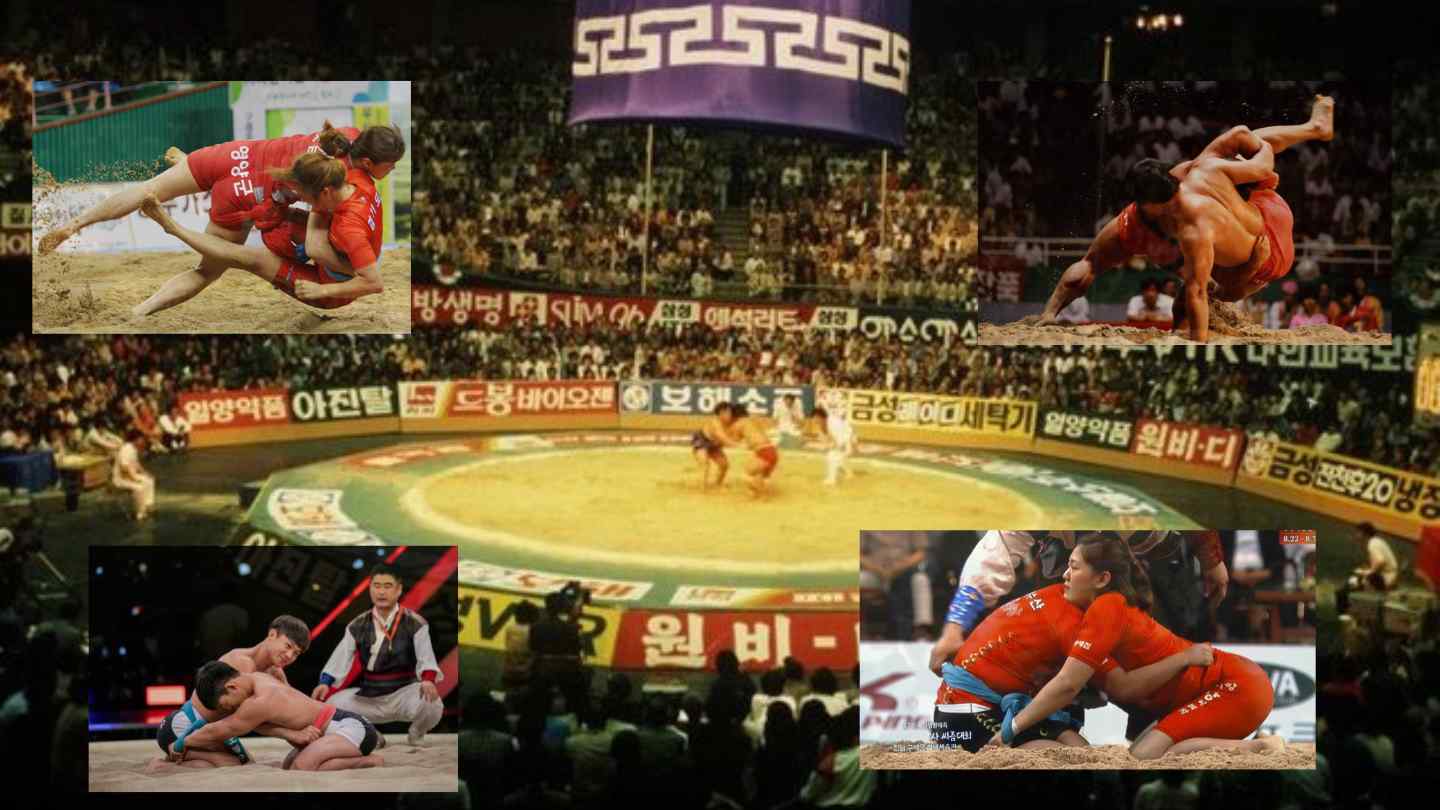Ssireum Korean Wrestling
fundamentals
Ssireum, also known as sirum or Korean wrestling, is a traditional fighting sport originating in Korea. Its main characteristic is that the wrestler must unbalance the rival by means of grips, without letting go of the belt that he has tied between his waist and thigh.
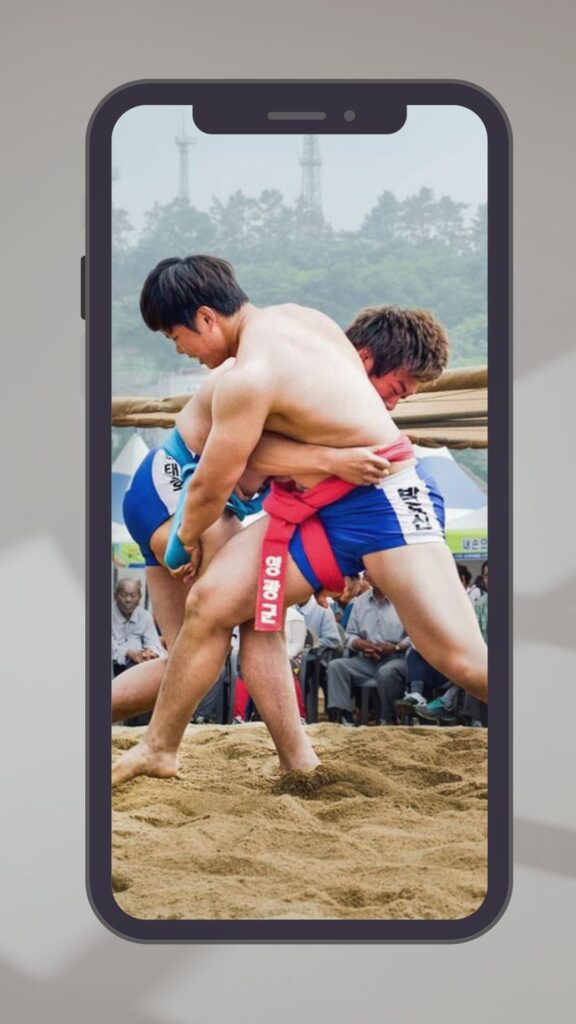
CHARACTERISTICS
Each fight takes place in a circular arena, seven meters in diameter, which can be covered with sand or padded. The two contestants must start kneeling on the ground, firmly grasping the coiled belt of the opponent - called satba which is tied between waist and thigh. Then the wrestlers stand up, and when the referee authorizes it, they must try to make the rival lose balance with only grips, without letting go of the belt at any time. The round ends when someone touches the ground with any part of the body above the knee. Hits, dislocations or strangulations are not allowed.
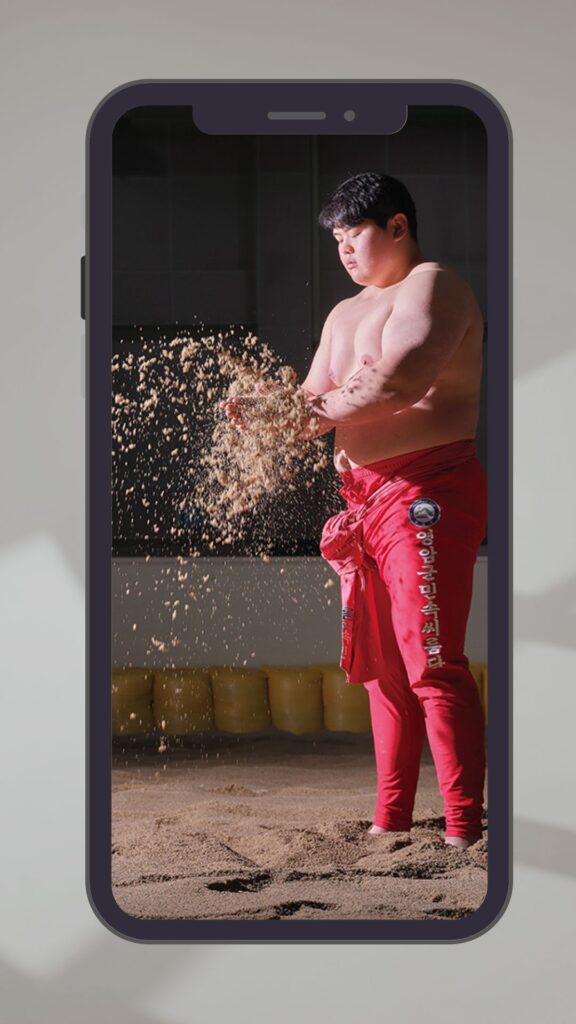
curiosities
The tournaments can be by teams or all against all, and in each competition there are three referees: one inside the circle and two outside it. The standard equipment of the ssireum is shorts and a rolled belt, with barefoot fighters on the surface. As for the grip itself, the "right-handed" is distinguished, when the right hand of each of the wrestlers is located on top of the opponent's left hand, and the "left-handed", when, on the contrary, the left hand is located above right.
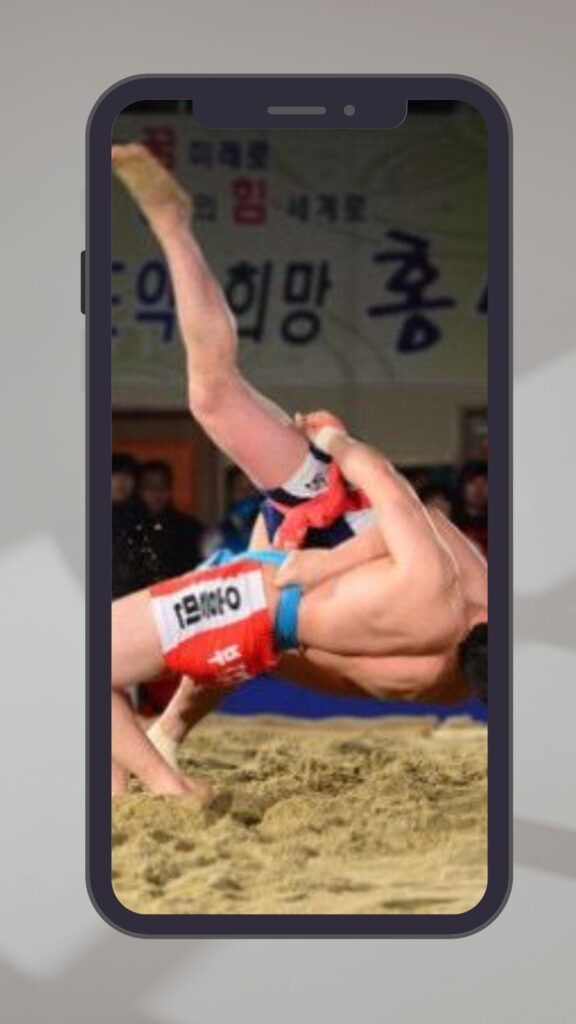
some history
From ancient sport to modern folk activity, Korean wrestling is an original Korean martial art.
Ssireum was a ritualized event in agrarian society. On the fifth day of the fifth month of the lunar calendar (called "dano" in Korean), the men of the village would gather in a large sand pit or grassy area to display their strength through ssireum matches. On the full moon of the seventh month, a baekjung (literally "out of 100") was held, a large ssireum tournament in which strongmen from various regions would gather to display their finesse and skill before crowds of hundreds. The winner of the baekjung was called "cheonha jangsa." While tournaments take place throughout the year, they are especially frequent around Christmas celebrations and festivals.
Unlike most other martial arts, ssireum is special in that it involves direct skin-to-skin contact, in keeping with the traditional Korean emphasis on a national spirit based on "jeong (mutual affection)."
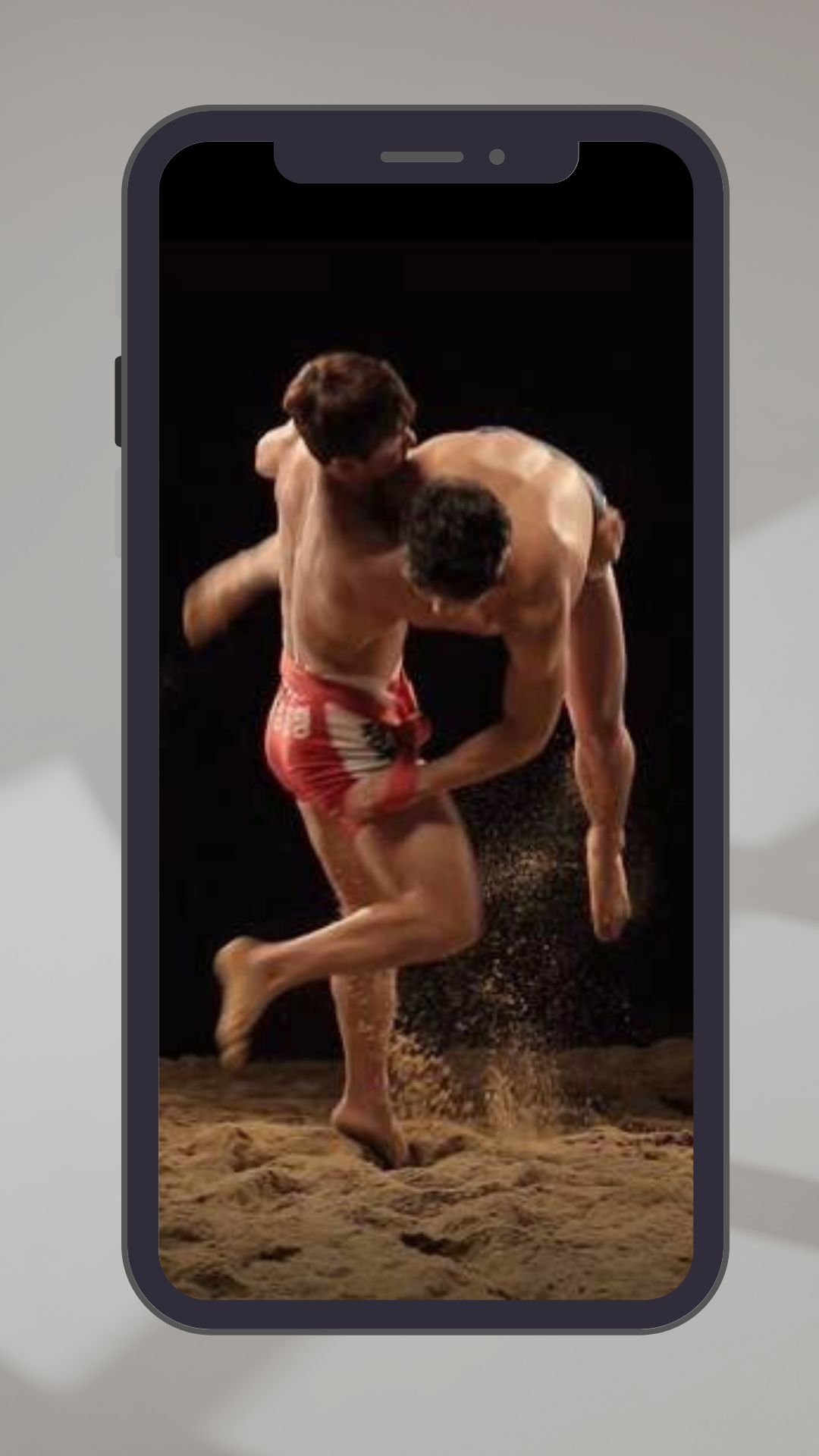
Ssireum _Sirum
Foreigners often confuse ssireum and Japanese sumo as both use a circular sand court, but sumo is different as its goal is to force the opponent out of the ring and sirum is made up of 55 techniques with spectacular projections . Records of ssireum are found in various relics, documents, and drawings from the Three Kingdoms of Korea era (57 BC – AD 668). In 2018, this sport was the first item submitted jointly by both Koreas to be included in UNESCO's representative list of Intangible Cultural Heritage of Humanity.
syrum
What is ssireum? It is a traditional Korean wrestling form in which a wrestler or wrestler grabs the satba (a cloth belt wrapped around the waist and thigh) and attempts to unbalance or topple the opponent using 55 techniques. Foreigners often confuse ssireum and Japanese sumo as both use a circular arena court, but sumo is different in that its goal is to force the opponent out of the ring. Records of ssireum are found in various relics, documents, and drawings from the Three Kingdoms of Korea era (57 BC – AD 668). In 2018, this sport was the first item submitted jointly by both Koreas to be included in UNESCO's representative list of Intangible Cultural Heritage of Humanity. The four weight classes in professional ssireum are named after the Korean mountains: Halla (up to 140kg), Baekdu (up to 105kg), Geumgang (up to 90kg), and Taebaek (up to 80kg).
A sport that is simple, exciting and can be played by anyone anywhere, is enjoyable for both participants and spectators. Ssireum is a highly beneficial "social" sport with a long history that continues to be enjoyed and developed today.
